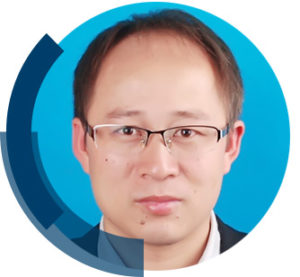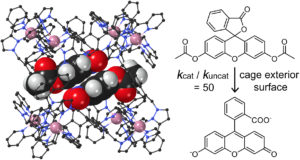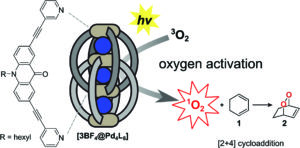We are delighted to announce our new spotlight collection on Metallocycles and Metallocages. Spotlight Collections are ongoing themed collections highlighting the best past and present work in Dalton Transactions.
This collection demonstrates the amazing breadth of ground-breaking research being undertaken in the area of metallocycles and metallocages all over the world.
Metallocycles and metallocages are discrete, 2D and 3D metal-organic architectures. These beautiful and often complex structures can be formed from relatively simple building blocks through self-assembly processes centred around transition metal and lanthanide coordination chemistry. The diversity of accessible topologies and sizes, combined with their well-defined cavities, make them fascinating synthetic targets and attractive hosts in supramolecular chemistry. This Spotlight Collection aims to celebrate recent developments in the field, highlighting both fundamental and applied research.
Fundamental research into the construction and structural interconversion of new cages and metallocycles remains a valuable and popular research topic, while new and varied applications of these structures continue to develop and expand. Examples found within this collection include studies of spin and magnetism, hierarchical self-assembly into gels and applications in catalysis, separations, cancer therapeutics and optical detection.
This collection is guest edited by Dalton Transactions Advisory Board member Professor Lin Xu (East China Normal University), alongside Dr Cally Haynes (University College London) and Dr James Lewis (Imperial College London).
|
|
Dr Cally Haynes |
Professor Lin Xu |
See the full collection as it grows on our collection webpage, and check out a selection of articles below:
|
Manuel Gallardo-Villagrán, Lucie Paulus, Jean-Louis Charissoux, David Yannick Leger, Pascale Vergne-Salle, Bruno Therrien*and Bertrand Liagre* |
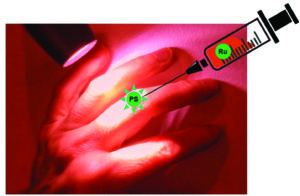 |
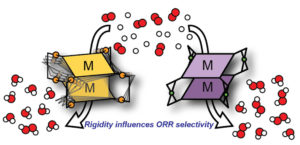 |
Daoyang Zhang, Matthew R. Crawley, Ming Fang, Lea J. Kyle and Timothy R. Cook* Dalton Trans., 2022, 51, 18373-18377 |
|
Lynn S. Lisboa*, Mie Riisom, Henry J. Dunne, Dan Preston, Stephen M. F. Jamieson, L. James Wright, Christian G. Hartinger and James D. Crowley* Dalton Trans., 2022, 51, 18438-18445 |
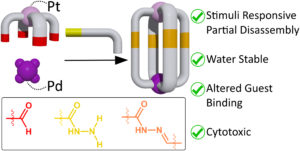 |
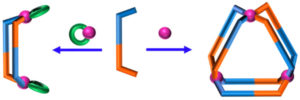 |
Diastereoselectively self-sorted low-symmetry binuclear metallomacrocycle and trinuclear metallocage
Srabani Srotoswini Mishra and Dillip Kumar Chand* Dalton Trans., 2022, 51, 11650-11657 |
|
Inside or outside the box? Effect of substrate location on coordination-cage based catalysis (Open Access) Atena B. Solea, Burin Sudittapong, Christopher G. P. Taylor and Michael D. Ward* Dalton Trans., 2022, 51, 11277-11285 |
|
| Substrate and product binding inside a stimuli-responsive coordination cage acting as a singlet oxygen photosensitizer (Open Access) |




